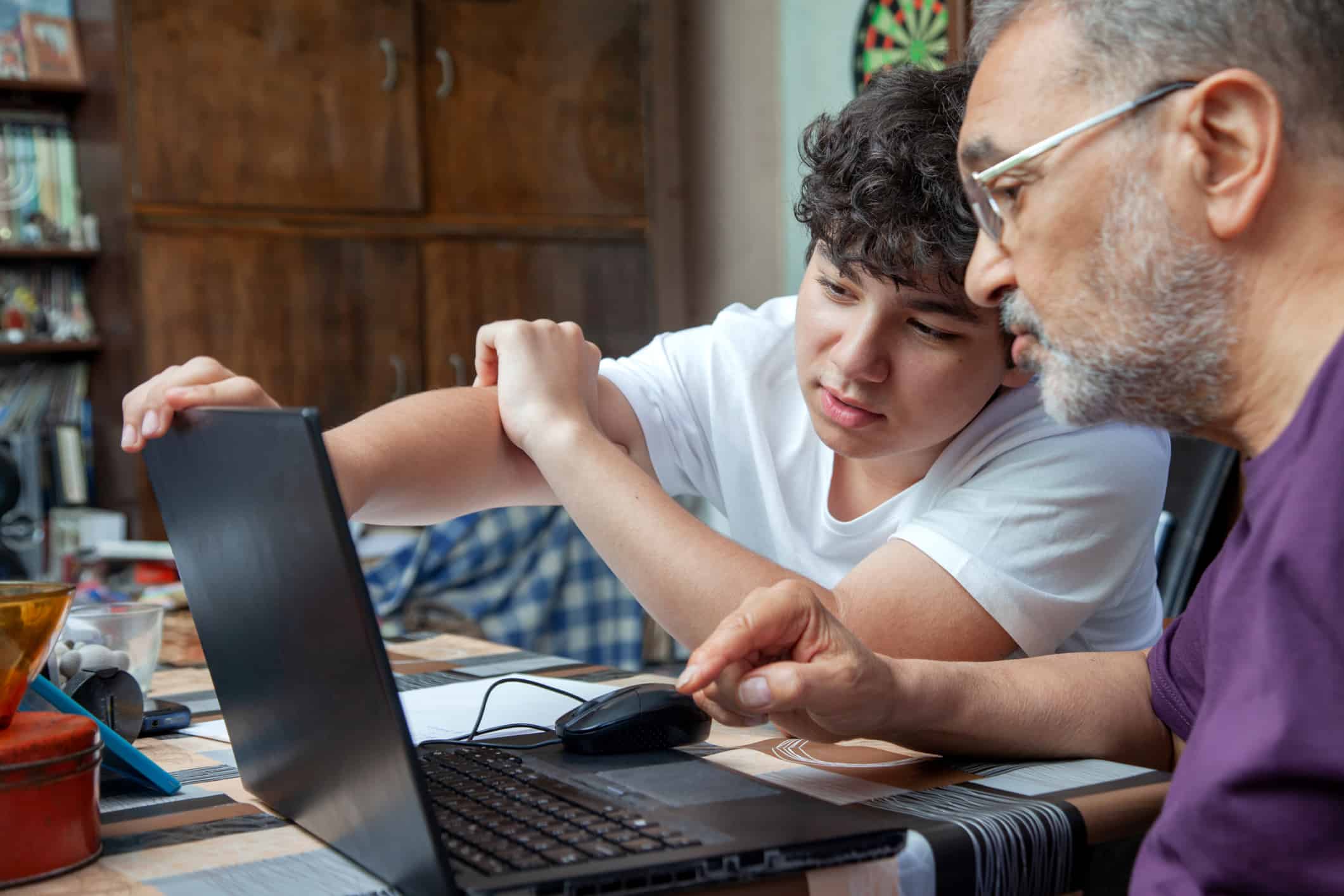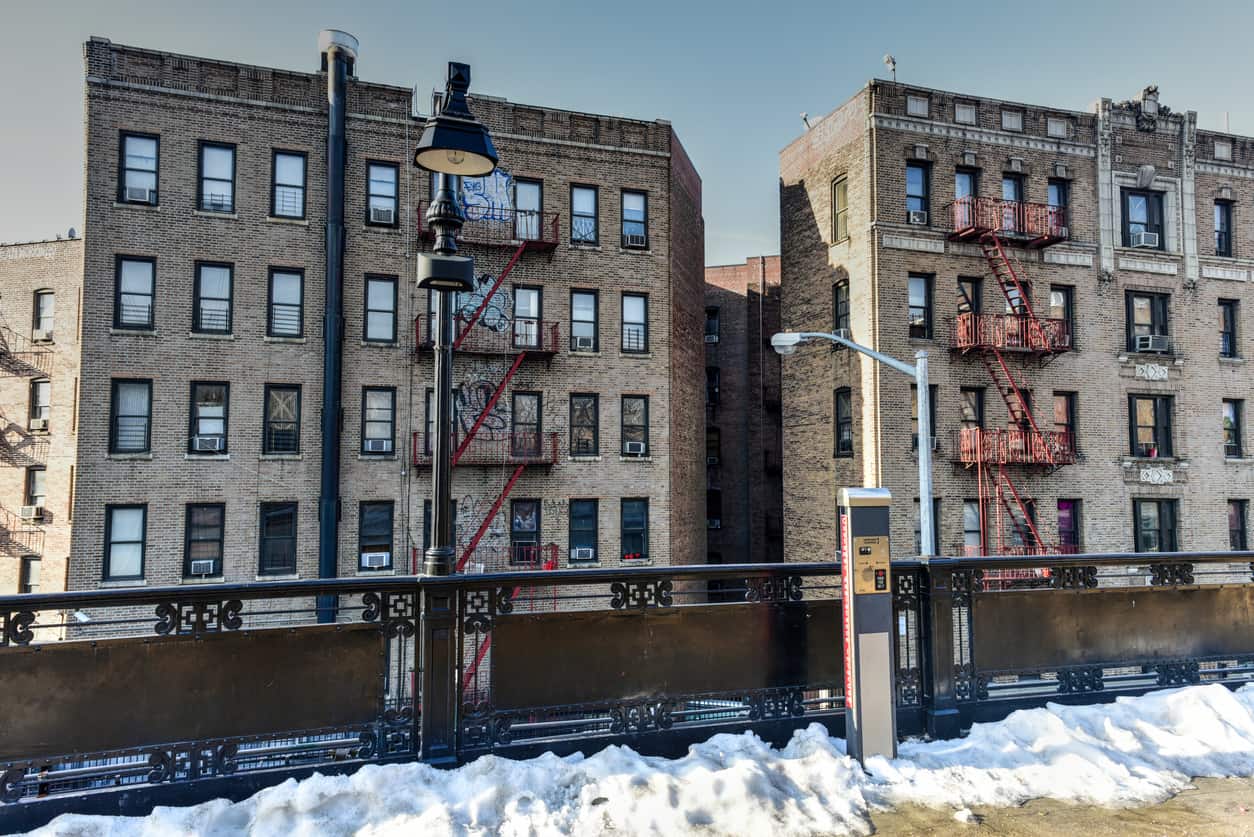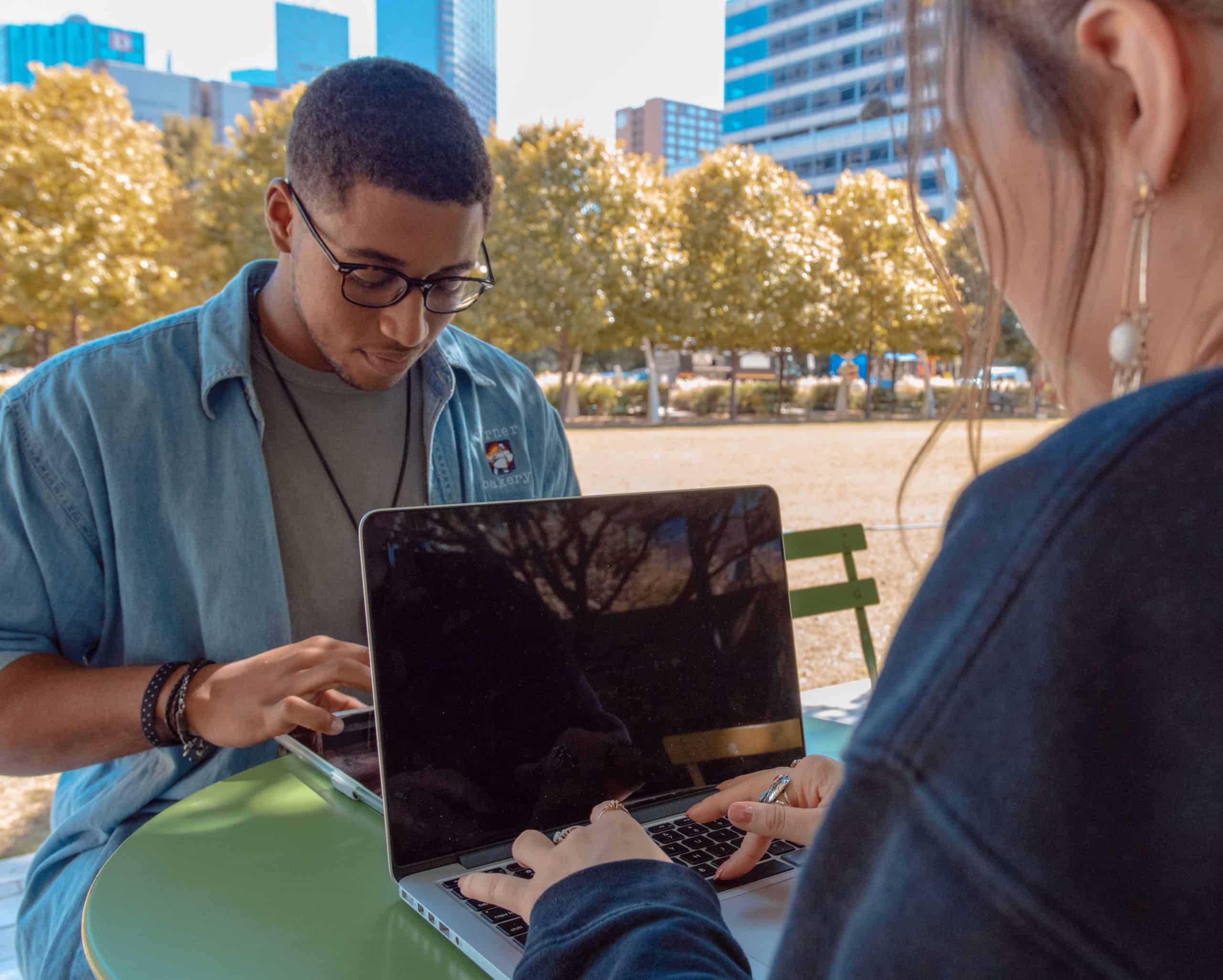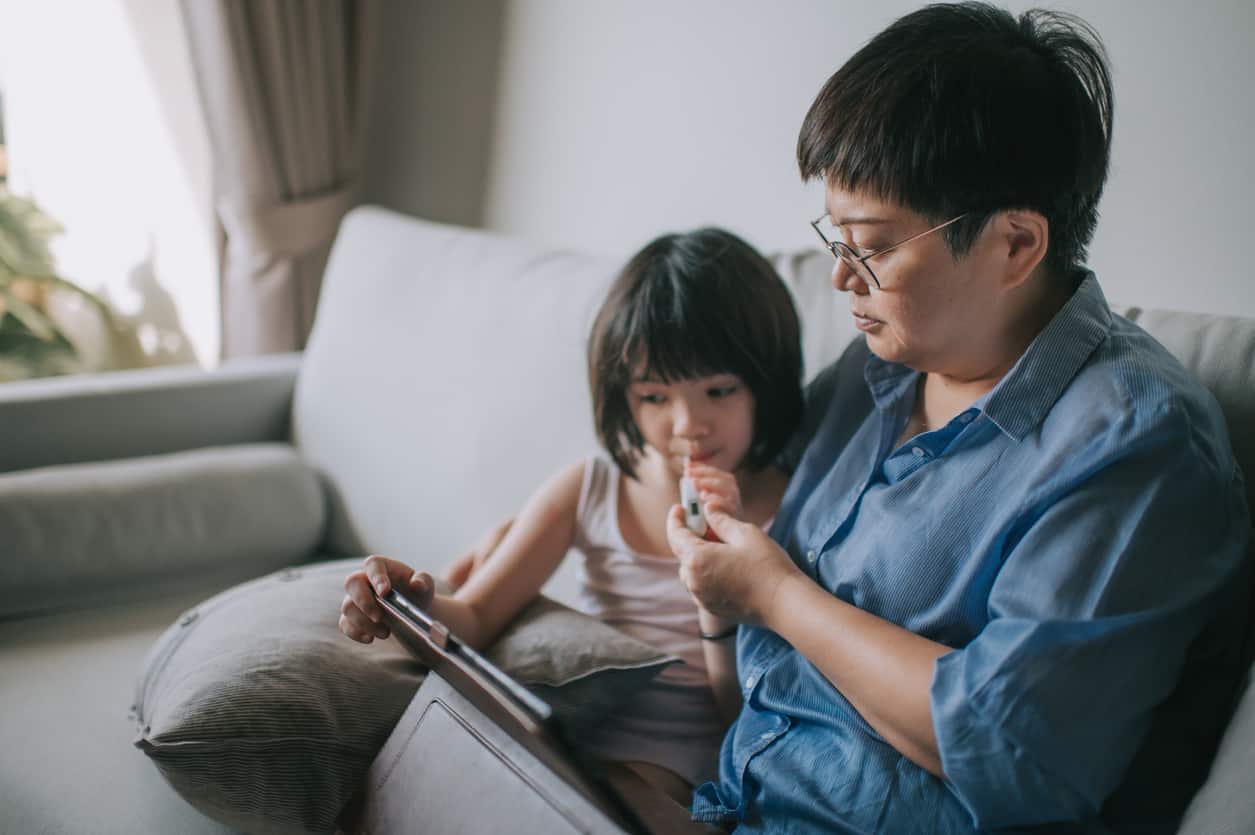

REMOVE THE BARRIERS TO ADOPTION
Broadband Adoption Centers
Tools to accelerate adoption of federal broadband programs and low-cost Internet plans.
Our broadband program supports state and local leaders in driving adoption of free Internet within their unconnected communities. Low-cost and even fully subsidized broadband offerings tend to have low adoption rates. Significant challenges exist for households to access these services, for community institutions to make them available, and for internet providers to support their implementation.
We address these barriers by providing cities and school districts with strategic outreach support, tools and systems to track progress, and internet provider partnership expertise in order to drive high rates of adoption of broadband services for low-income households.





